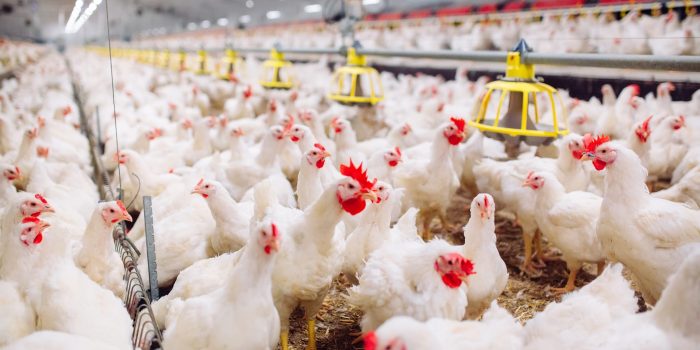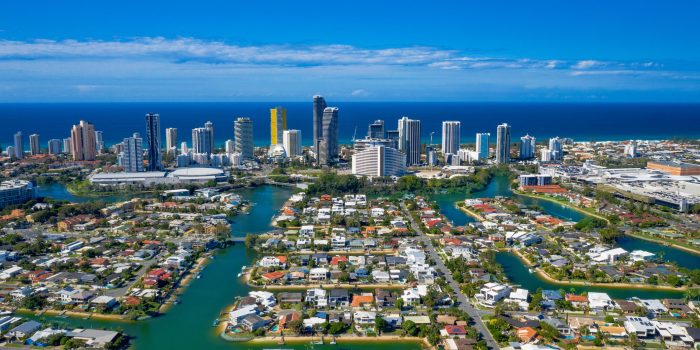Bundaberg farmers Ray and Keryn Fulcher confronted catastrophe as their brand new motor home burst into flames in the early hours of a February 2004 morning, that engulfed their home, farm buildings and ultimately, decimated their profitable horticultural business.

This story is about their lawsuit to claw back their $10 million loss from the Winnebago manufacturer, a name synonymous with motor homes, like “biro” is for ball point pens.
The supreme court in Brisbane heard 11 days of evidence, beginning with how the family had returned to the farm from an Ipswich karting comp and after proudly washing and cleaning the beast, how Ray drove it in to the packing shed and plugged in a lead to charge up the batteries overnight.
Eye witness testimony – they were woke by the sound of the fire – was that it started in the vehicle’s roof, near where the modular air conditioning unit was bolted.
As well as the Sydney based vehicle maker – which has no connection at all with the famed US mobile home company but brands its RVs by the same name – the suit lists as defendants, the dealer who sold it to them and the importer of an air conditioning unit which was alleged had short circuited to ignite the inferno.
The Fulchers sued in negligence and for breach of contract, utilising statutory provisions of the Trade Practices Act (TPA), to allow specifically for recovery not just for the value of the up-market mobile home, but for all the buildings and equipment destroyed as well as the ‘consequential’ losses of the profits of the business and the business itself.
To give them the leg up that the TPA provides, they first had to satisfy the court they had made known to the dealer, their purpose for acquiring the vehicle – which in reality spoke for itself – and that it was acquired for “personal, domestic or household use”. These provisions also allow parties other than the actual buyer, for example the Fulchers’ company, to also recover for their separate losses.
With some points conceded by the defendants on the eve of the trial, the court argument was reduced to whether the air con unit was faulty and what was fair value for the resulting damage from the motor home being defective.
A number of fire damage experts were heard from. The defendants’ expert suggesting the use of a 10 amp, rather than a 15 amp rated power lead, to connect the RV to the electricity supply, might have been the cause.
But most persuasive, were three experts called by the plaintiff who concluded from “splatter” ie melted copper, seen inside a relay enclosure, that the fire originated from arcing near an electrical relay device inside the air con unit.
Losses were assessed at $1.3 million for property damage including the cost of a replacement Winnebago and $9.6 million for loss of business profits and for value of the business that the owners decided – reasonably, so held the court – not to bother reviving. On top of this a further $3 million was awarded in interest from the date of the fire in 2004. Total, more than $14 million plus full legal costs.
An outstanding win for the plaintiffs.
Although the claims succeeded on the statutory TPA duties, those in negligence failed, as no reasonable steps taken by any of the defendants were posed as likely measures for detection of the potential electrical fault. The court saw no need to examine Civil Liability Act s 9 by which also, claimed the defendants, there had been no breach of duty.
“Winnebago” is derived from the name of a North American Indian tribe.
Winnebago Industries of Iowa USA won a separate lawsuit in July 2012, demanding that the Australian manufacturer (the defendant in the fire damage claim) stop cashing in on the well-known brand that the Australians had allegedly “intentionally hijacked…in a bold attempt to pre-empt [the US] Winnebago opening its doors here”.
The Australian company, Knott Industries, successfully appealed part of that ruling in June 2013. Although the Forest City, Iowa company knew of the “suspect” practices as long ago as the 1980s, it took until 2010 to start the Federal Court of Australia lawsuit to claim the brand here.
The Federal Appeal Court decided that if would be unfair for Knott to be prevented from marketing its goods under the name Winnebago but that it must ensure that its vehicles carry a placard so that it is “plain that the vehicle was not manufactured by anyone with any connection with Winnebago of the United States”.
All three defendants in the fire claim appealed to the Queensland Court of Appeal in March 2013 as a result of which the damages award for loss of profits and the business was reduced by about $600,000.
The Winnebago company is no stranger to the litigation spotlight. Consider the story of Merv Grazinski who reputedly crashed his brand new motor home on its first outing when he set the cruise control at 110kph and left the driver’s seat to make coffee in the back. The tale tells of a $5 million damages award “plus a new Winnie”, in settlement of a lawsuit premised on an omission in the owner’s manual to warn that such practice was dangerous.
So fed up was the company, of incessant questions about this fictional event touted for their own reasons by anti-lawsuit lobbyists, that it has posted a notice on its website confirming the tale as a mythical urban legend.
Fulcher & Ors v Knott Investments Pty Ltd & Ors [2012] QSC 232 Brisbane Peter Lyons J 28/08/2012
On 2 April 2013, the Court of Appeal reduced the damages payable to the plaintiffs by some $600,000.





